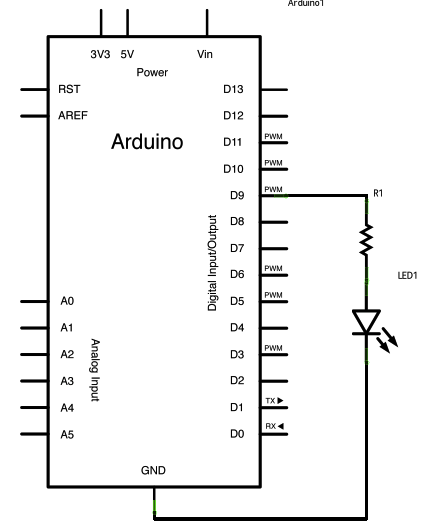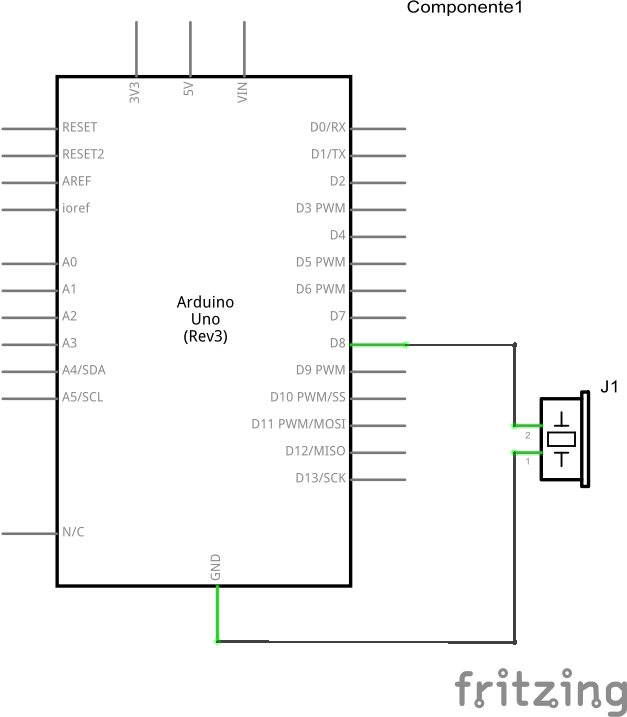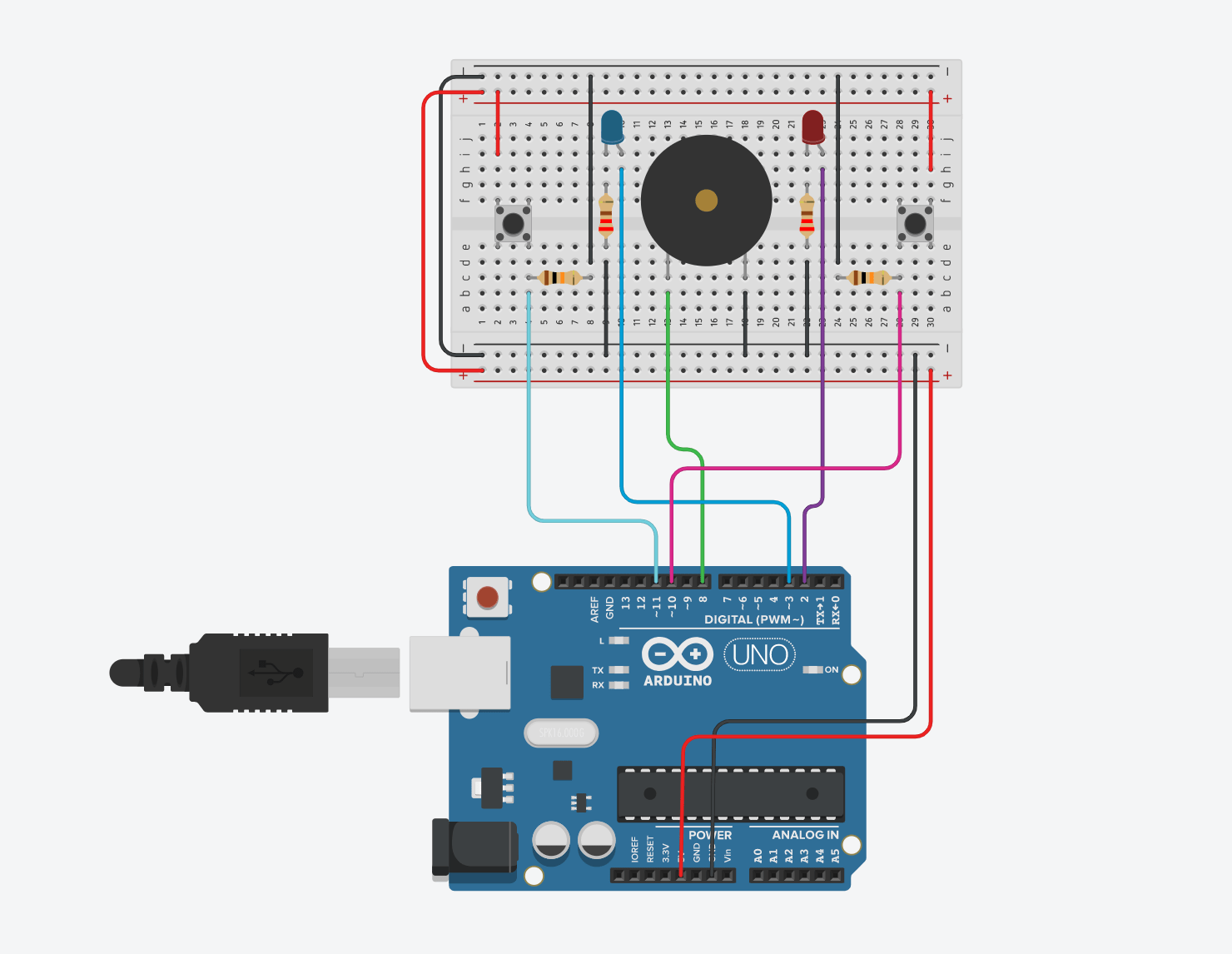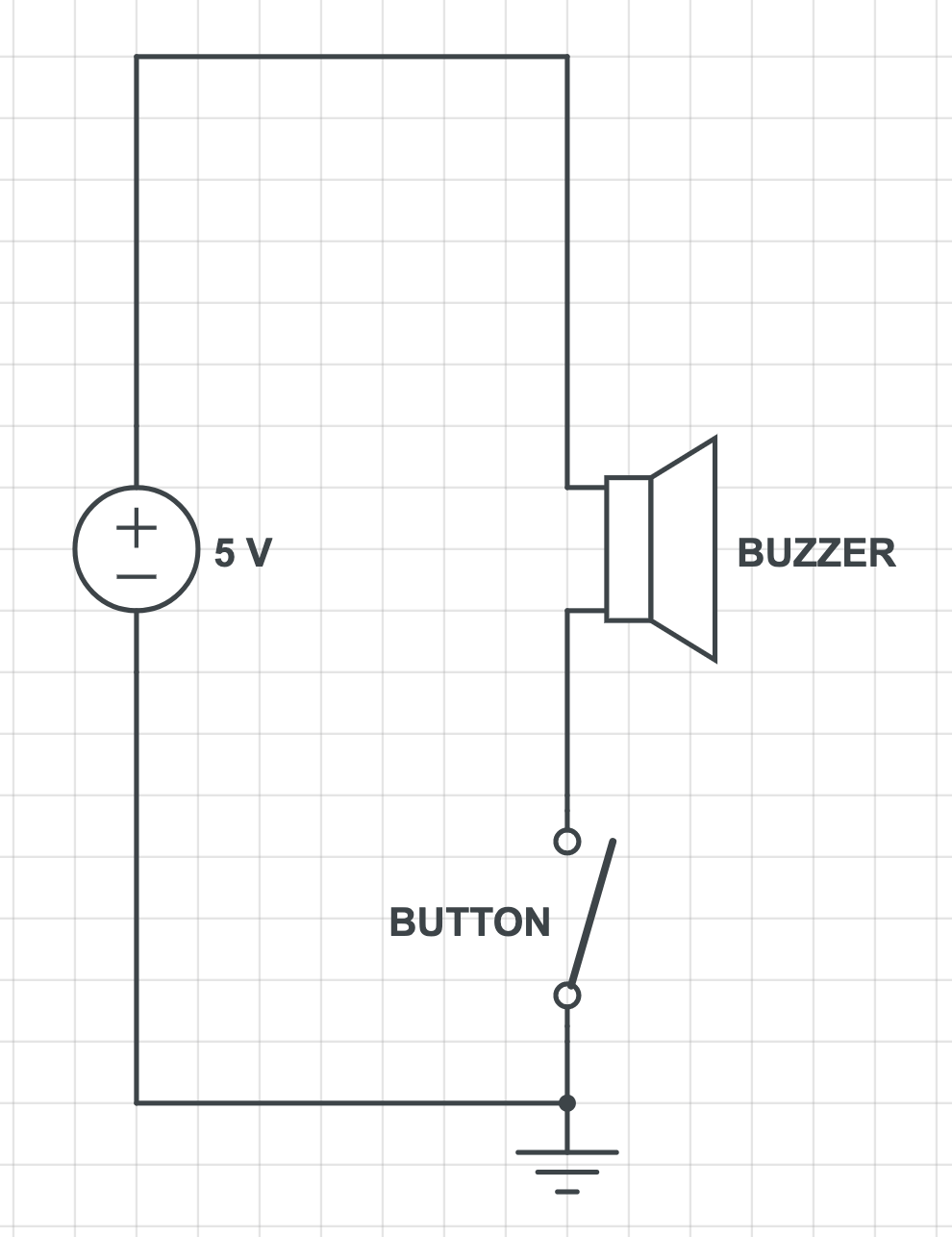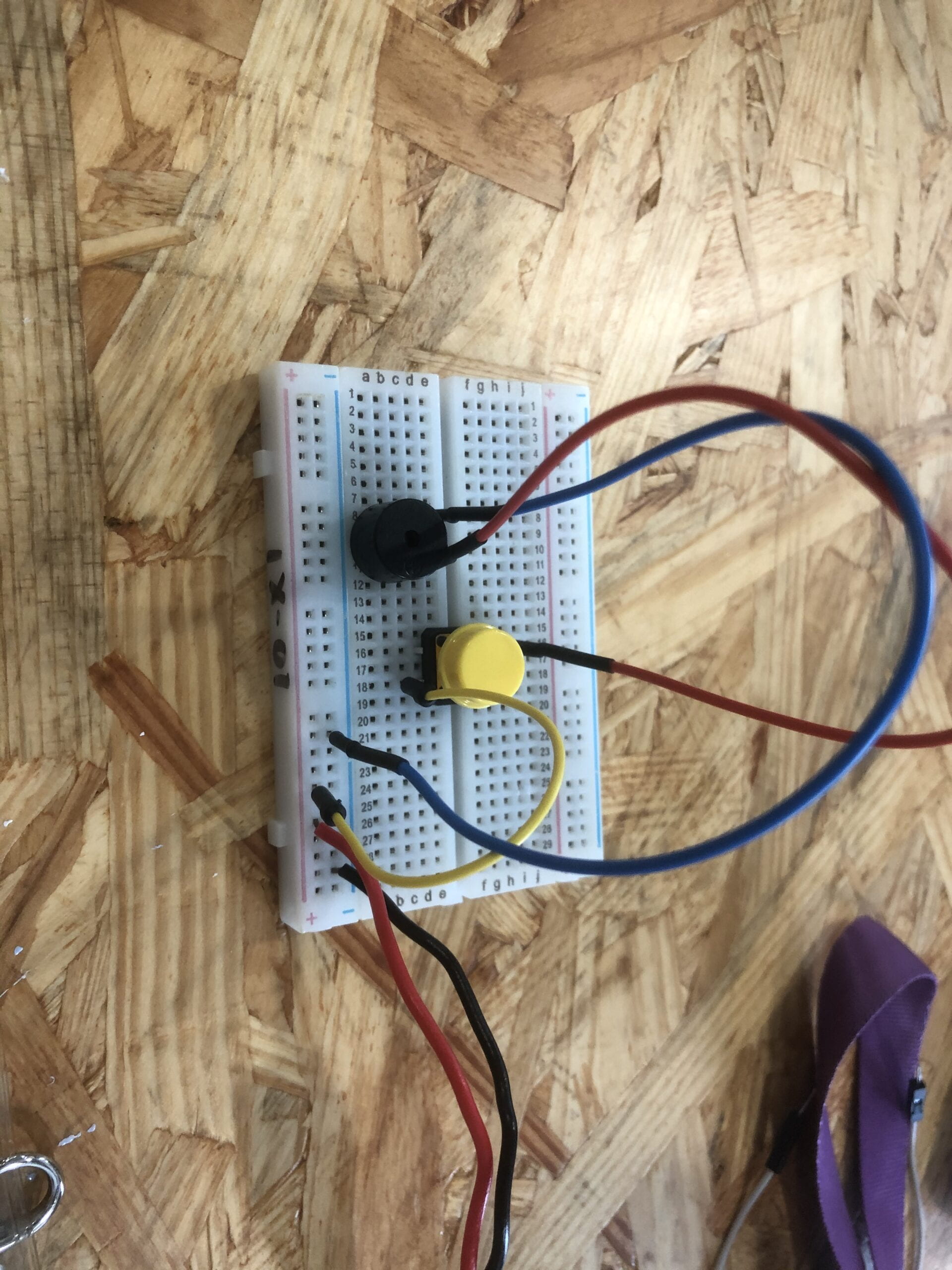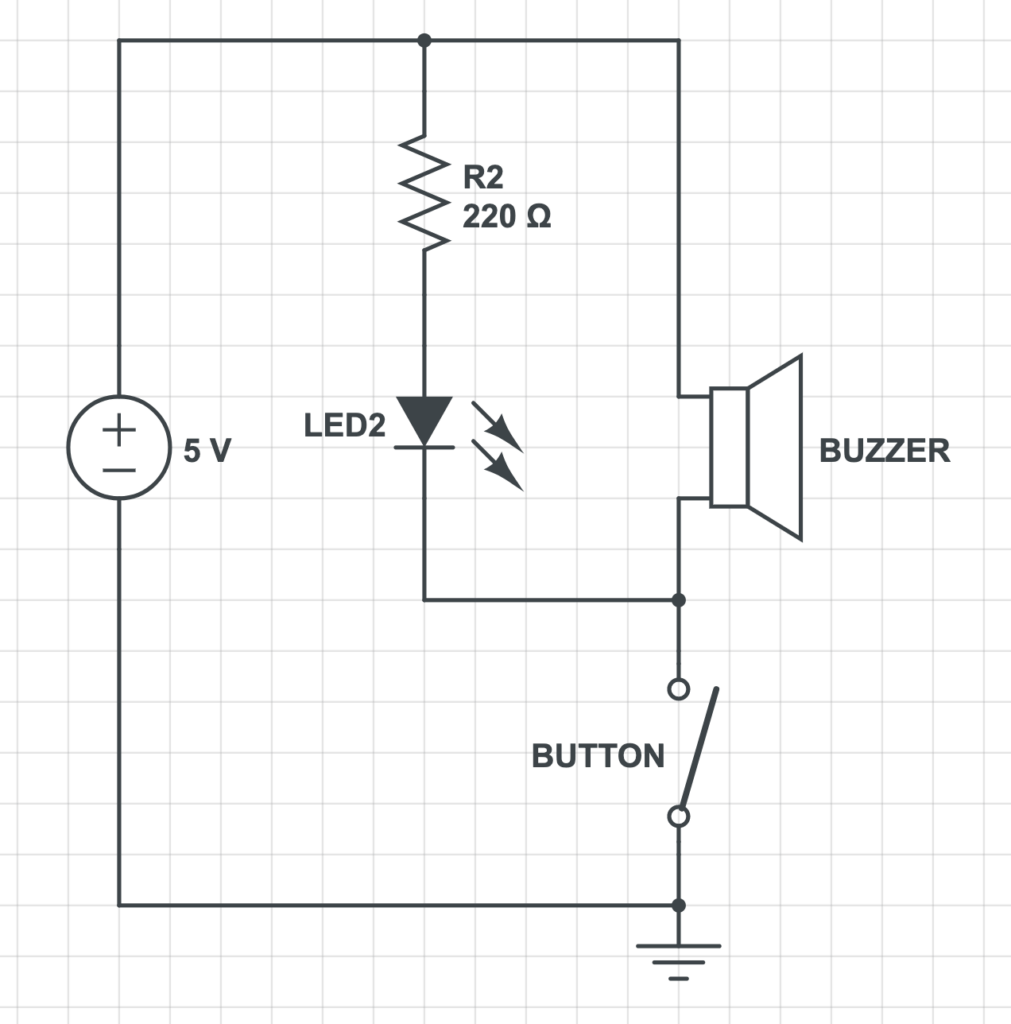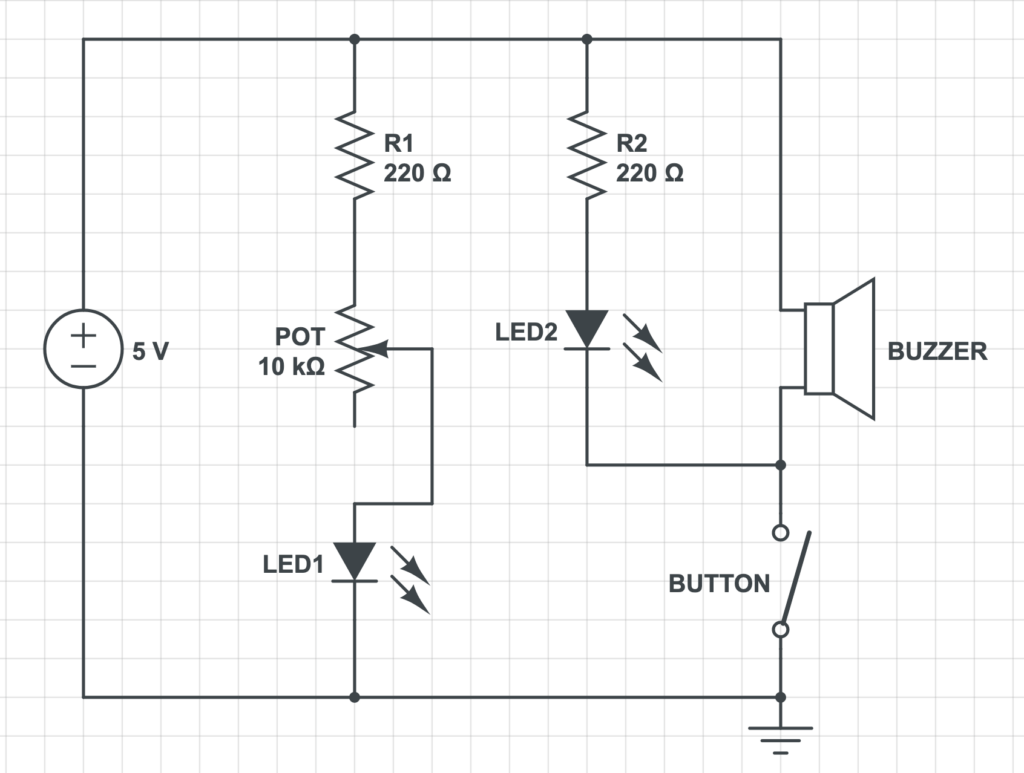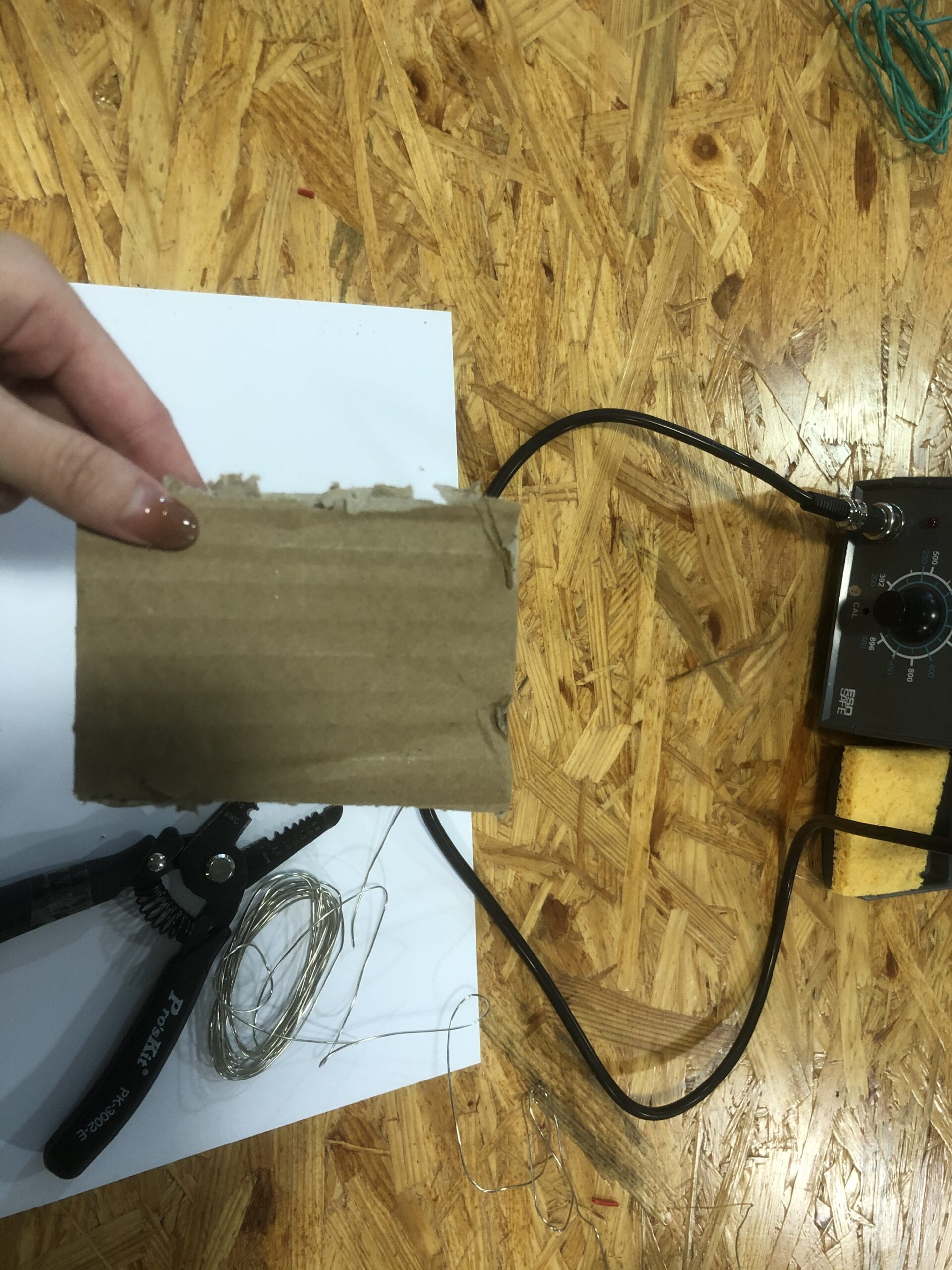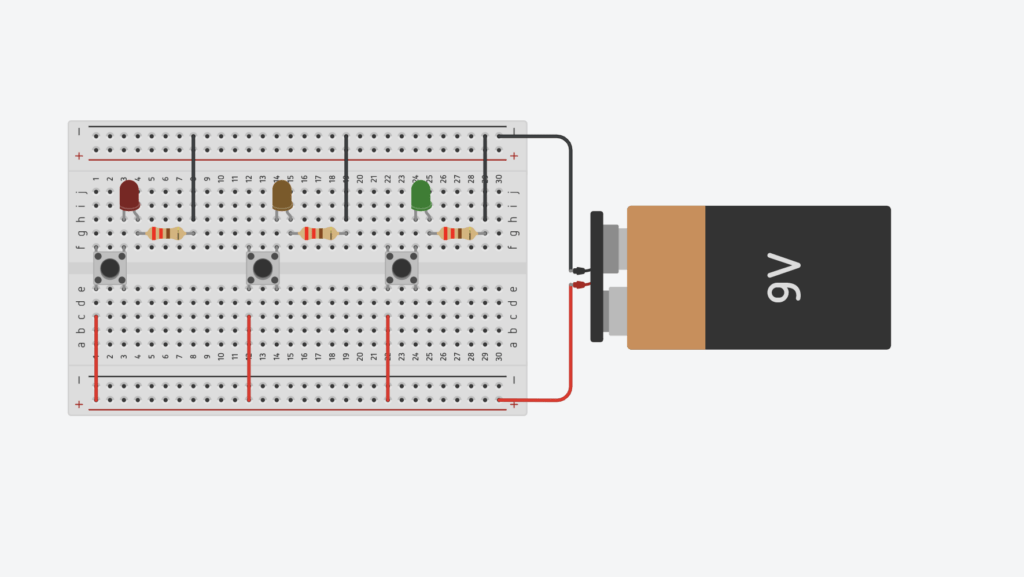Research for Group Project
My definition of interaction
I think interaction is a process of communication between two participators (both objects and people are all right). It is different from communication because it emphasizes the loop of effective listening, thinking, and feedback.
In addition, interaction needs to be programmable as one important part of contemporary new media. This character makes the loop of effective listening, thinking, and feedback smoother. When people find any problem in the loop, it is easier for them to make changes to HTML documents. (Manovich 31)
It’s worth mentioning that interaction in art is more obscure since straightforward verbal descriptions need less. The interaction between the works and the audience requires more feedback from the installation itself and the audience’s thinking and action. Just as Tigoe writes in the article Making Interactive Art: Set the Stage, Then Shut Up and Listen, “ They prescript what will happen. When you do that, you’re telling the participant what to think, and by extension, how to act. Is that what you wanted?” It just makes the work boring.
Interactive art projects I have found
Mechanical famous painting interactive device
This is an artwork that aligns with my definition. It is made by OUTPUT. It let the audience to interact with world-famous paintings by shaking the handle, pressing the pump, pulling the rope and etc, and gives them visual and tactile experiences. The activities and the changes of paintings, such as the changes of light and shade in the picture, the apple falling in the picture are both intereating. What might otherwise be boring paintings become interesting to look at. The audience can enjoy the project with ease. The famous paintings are transformed by the movements of the audience. This equipment keeps listening to the order of the audience, thinking about the right reaction ( through the program), and speaking ( give instant feedback through changes of the paintings ). It deepens my understanding of the important loop of effective listening, thinking, and feedback in interaction. The audience also can notice the details of the paintings. Since this work is created for the Children’s Museum of Pittsburgh, children can also enjoy the simple fun of shaking the handle, pressing the pump, pulling the rope and etc. The loop of effective listening, thinking, and feedback is smooth and few introductions leave the space for viewers to explore.
INSIDEOUT
This project gives a 360° immersive dynamic sound and light experience. It was created by Leigh Sachwitz, based on childhood memories of experiencing thunderstorms in Glasgow’s garden shed. It did not give a clear textual description to the audience, but let the audience themselves come into the shed and experience the changes of sound and light. This allows the audience to actually interact with the work and tries to guess the attempt of the creator. The equipment constantly changes the sound and light such as raindrops and laser, to restore the scene in the creator’s memory and keep the audience informed. But the feedback of the audience is a little bit weak. The audience just sits in the shed and enjoys. Their action or ideas can’t change the work of the equipment. This work is more like a performance than an interaction artwork. The loop isn’t smooth. So it doesn’t totally align with my definition of interaction.
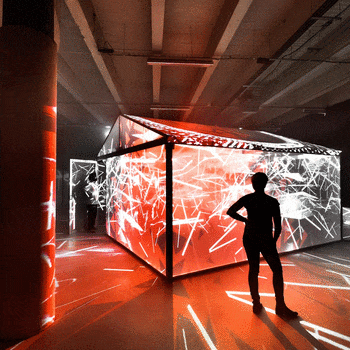
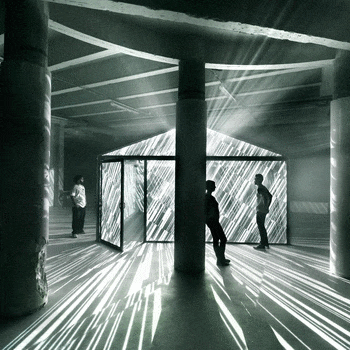
Works Cited
1. Mechanical famous painting interactive device
https://www.manamana.net/video/detail?id=1495503#!zh
2. INSIDEOUT
https://www.manamana.net/video/detail?id=1536974#!zh
3. https://www.tigoe.com/blog/category/physicalcomputing/405/
4. Crawford, Chris. “The Art of Interactive Design: A Euphonious and Illuminating Guide to Building Successful Software.” (2002).
5. Manovich, Lev. The Language of New Media. Cambridge, Mass: MIT Press, 2001.
